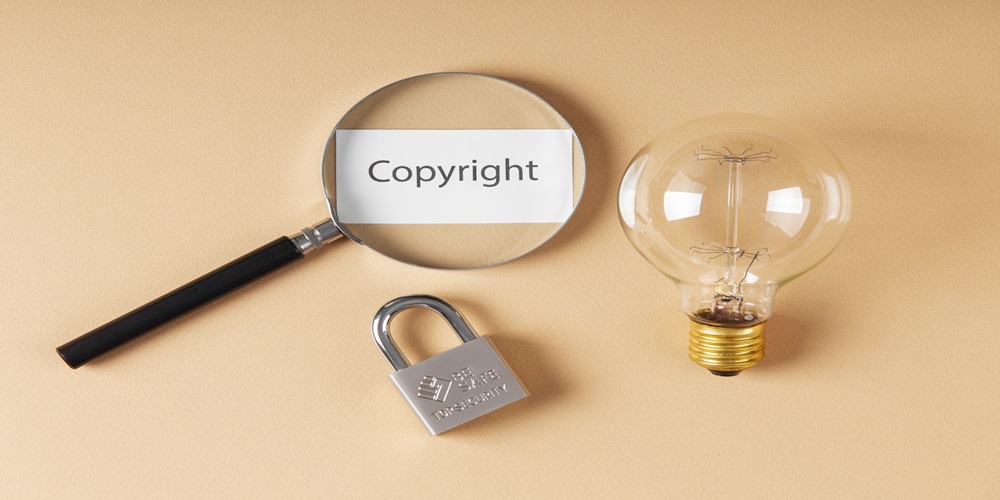Patent and copyright are confusing terms. Many people have yet to learn the difference. So, don’t worry. The one thing they share is that they are all intellectual property. But what does each intellectual property protect? Although a copyright and a patent appear similar, understanding those lets you better protect your work and enforce your rights more firmly.

What is a copyright?
Copyrights are the total individual rights someone has after creating an original work. Therefore, copyright is tied to something tangible like music, a book, a photograph, etc. Copyright protection covers the rights to reproduce the protected work, distribute it, perform it in public, display it, and borrow sections of the work.
As a copyright owner, you can transfer multiple rights or an individual right to a third party. Some people collectively transfer the copyrights to their works; that’s allowed, too. However, any transfers are finalized by licensing assigning, this can be achieved by getting a copyright consultant to take you through the process.
A copyright owner controls how the work is used. They decide whether to give public access and the mode of availability.
Patent – what does it mean?
A patent protects an invention. It includes new and useful processes, manufacturing, compositions of substances, and their improvements, among other things. The goal of patenting ideas or inventions is to encourage more innovations and commercialize technological advancements.
Intellectual property law gives inventors incentives to explain or elaborate on their inventions publicly. Any disclosure is in exchange for exclusive rights. Inventors can apply for patents, upon which they get them registered.
The patent application process is thorough. There are several documentation making it time-consuming. It would help if you had assistance navigating the complex patent process. Most people use the assistance of an experienced patent lawyer.
Patent vs. Copyright
There is little overlap between the two, i.e., copyright and patent. However, there are certain inventions or works that you can protect with both a patent and a copyright, like some computer programs.
A patent can complement copyright protection. In this case, the patent protects your software’s operational or functional aspects, which a copyright does not.
Patents protect chemical compositions and technical inventions, e.g., pharmaceutical drugs, complex machines, machine designs, etc. On the contrary, copyrights protect artistic literature, created works, paintings, etc.
Patent registration is tedious and lengthy, while copyright registration is straightforward and can cost at least $35.
A patent safeguards your processes, inventions, or designs from copying, selling, using, or making without your express permission. On the other hand, copyright protects a person’s rights to distribute, reproduce, create, distribute, display, or perform their work. A copyright prohibits exploiting or copying of the work without permission.
Conclusion
Patent and copyright owners have full control of their works. Most importantly, they make decisions regarding their inventions or creations. The inventor or copyrighter has a limited monopoly on their inventions. Therefore, they can choose to profit or not. However, copyright doesn’t cover ideas or procedures.